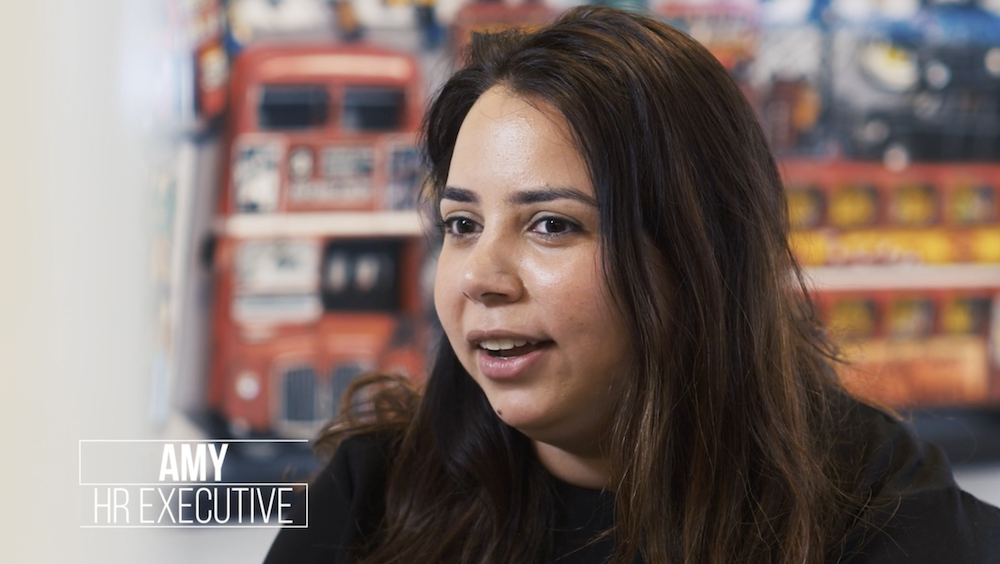As parents, we gaze in admiration as our baby learns to suckle and feed. (Or in the case of first-time parents, we gaze with furrowed brows, hoping they are getting enough milk and putting on weight!) Health visitors, midwives and district nurses are part of the landscape of those early weeks, providing information and reassurance. But sometimes, there are mysterious dental or oral issues that require specialist knowledge. This blog is designed to provide that information.
Natal teeth
It can come as a shock, but sometimes a baby can be born with one or more teeth. These are known as natal teeth and can occur in 1 in 2000 babies. Even more rarely, a tooth can come through after birth – these are known as neonatal teeth. The British Society of Paediatric Dentistry advises parents to take their child to the dentist for an opinion if their child has a natal or neonatal tooth. Usually the advice will be to leave the tooth be. If, however, it’s causing a problem, it could be removed. The triggers for removal would be:
- If the tooth is causing a problem with feeding
- If the tooth is loose and the baby might choke if it detaches
- If it’s causing ulcers to the tongue
Tongue-tie – ankyloglossia
Some babies struggle to breastfeed and occasionally the problem can be attributed to tongue-tie. To the concerned parent, the tongue may appear to be fine but its movement can be restricted by what’s known as the lingual frenulum. This is the thick band of tissue which links the underside of the tongue to the base of the mouth. If it’s too thick or too short it will inhibit the tongue movement, preventing the baby from latching on to the nipple. A mother whose baby is tongue-tied and whose baby is struggling to breast-feed will usually experience soreness. This can often be diagnosed by a lactation consultant or health visitor.
The remedy for tongue-tie is a small cut to the frenulum – or frenum – to loosen it. There are tongue-tie clinics at NHS hospitals and also lactation consultants who carry out tongue-tie treatments privately in your home. The procedure is known as a frenectomy. In America many tongue-tie procedures are carried out. In the UK the approach is probably a little more conservative. The technical term for tongue-tie is ankyloglossia.
Mamelons
Sometimes parents express concern about that their child’s jagged teeth. Usually this is nothing to worry about. Jagged edges are normal anatomical features. Over time, these edges will be worn smooth.
Teething
This is one of the most discussed dental topics in your child’s early life! There is a huge variation in teething experience. Altogether there are 20 baby teeth which gradually come through over your baby’s first three years of life – but it’s the first teeth which somehow have the most impact as your baby can’t tell you what they are experiencing. Usually the bottom front teeth come through first and can appear any time from, the age of four months to over a year.
Irritatingly, teething can occur just as you have got your child into a routine or sleep pattern and make them plaintive or clingy. As parents, we hate to think of our baby being in pain.
Claire Stevens, author of the toothfairyblog.org, has written a helpful blog on the topic. TLC (tender loving care!) and distraction are the best remedies. She writes: ‘I do think that ‘teething’ exists as a phenomenon but I also believe that teeth get the blame for a multitude of nasties too.’
So if your child has a temperature, check it out, it could be caused by something other than teeth. Other suggestions for helping your baby through this phase are:
- A teething ring or sticks of cucumber which have been cooled in the fridge
- Healthy things to chew on, like carrot, celery or bread sticks
- Massaging of the gums with a flannel dipped in cool water – or a clean finger
- Calgel Calpol teething gel
- ‘Teetha’ Teething Granules by Nelsons – a homeopathic remedy
Diastema
One of the most divisive issues when it comes to dental aesthetics, diastemas are both loved and hated. As you probably know, this is the word for a gap between the teeth, usually the two front teeth. Sometimes this is caused by the labial frenulum, or frenum, which connects the upper lip to the upper jaw. Like the lingual frenum, described above, it’s a band of tissue. As the teeth form a diastema is a normal feature which will generally close, however, if this remains once all the adult teeth have erupted a simple surgical procedure may be required to cut the frenum to allow the diastema to be closed. This may be part of the orthodontic treatment process.
Malocclusions
Occlusion is the word which describes the teeth of the upper and lower jaw meeting healthily. Malocclusion is the technical term for the misalignment or incorrect relationship of the teeth and bite. As an orthodontist I want to give all my patients a healthy occlusion. Parents only need to start thinking about getting an orthodontic opinion for their child when they are seven. You can read my blog about interceptive orthodontics here.
Conclusion
Once your baby has their teeth – or by the age of one at the latest – I recommend you take them for their first dental appointment. I am a supporter of the Dental Check by One campaign to get children off to a healthy start in life.
If this blog has been of interest, I have written a jargon-buster with explanations of orthodontic terminology. Or email me any queries you have: asif@londonlingualbraces.com














